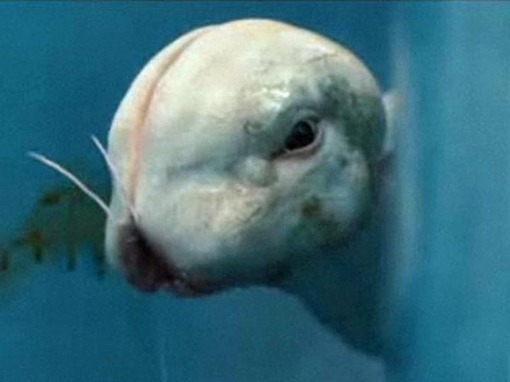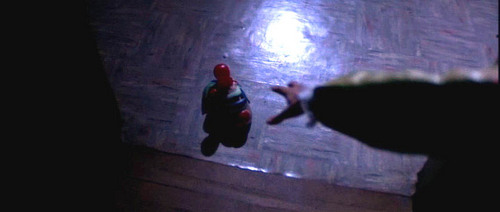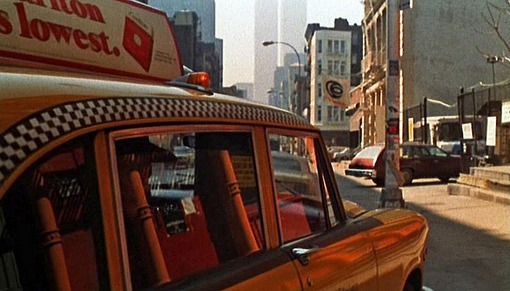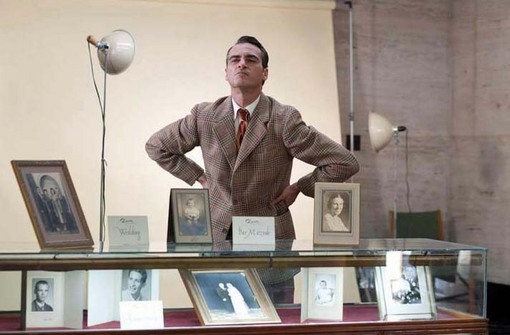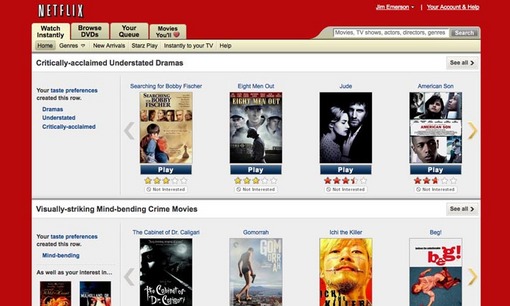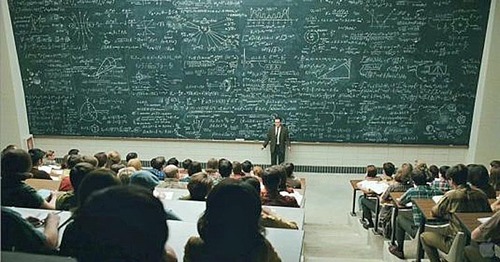
Another Year: Passing judgment
One of the great accomplishments of Mike Leigh’s “Another Year” — and perhaps an essential reason for its existence — is to test the audience’s judgments and perceptions of the characters. It’s rare that you find such a wide range of interpretations about what is actually going on in a movie. Take a look at some of these reactions, from the insightful to the blind. But which, do you think, is which?
“Tom [Jim Broadbent] and Gerri [Ruth Sheen] are cheery, comfortable old lefties who’ve understood that they’re not in a position to change the world anymore, and have gotten to be fine with that — there’s a correlation between this picture and Leigh’s 1988 ‘High Hopes, in which a younger (obviously), punkier, leather-jacketed Sheen played one half of far a more agitated couple in Thatcherite Britain. As for Mary [Leslie Manville], her life is one (largely invented) turmoil after another, and the couple’s dealings with her frantic plaints eventually get the viewer to wondering whether these nice, settled folks are really all that nice. Mary is very clearly an alcoholic. But the A-word is never once dropped in the film. And Gerri, who’s a therapist herself, never even suggests counseling, or a support group, to Mary until an almost cruel hammer-dropping scene near the film’s end. Tom and Gerri are so very polite, so very indulgent, so very correct in all their dealings, all the while dispensing conventional left-liberal wisdom spiked with conventional complacent cynicism whenever contemplating a crisis, be it global or local. But it’s clear that all the while, they’re stifling their own strong feelings of put-upon-ness and resentment. As much as you like them — and maybe you won’t like them, (that’s one of the things about Leigh’s films and their characters, they’re so unusually and thoroughly textured that they never seem designed to elicit a simple response) — you have to wonder if they’re so besotted by their own comfort and contentment that they can’t help but act as passive-aggressive near-monsters to the people they’re supposedly close to.
“As Tom and Gerri are laid bare (or are they? That’s another thing about Leigh, that he never appears himself to be making any kind of overt judgments on his characters, or even preparing any kind of melodramatic reveal of their hidden natures) the film brims with uncomfortable little touches.” — Glenn Kenny, MSN Movies

